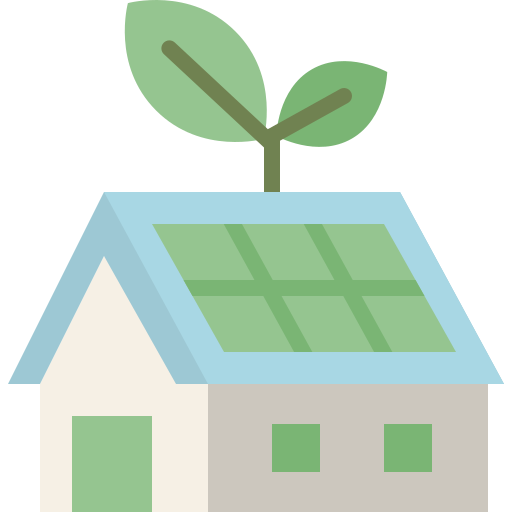Key Features of Solar Open Access
Remote Solar Generation
The solar power generator (typically a solar farm or large-scale solar installation) is located away from the consumer's premises but within the same distribution network
Energy Procurement
Consumers sign Power Purchase Agreements (PPAs) with the solar power generator to buy a specified amount of solar electricity at an agreed-upon price
Distribution
The solar power generated at the remote location is fed into the grid, which then distributes it to consumers via the existing electricity infrastructure.
Renewable Energy Credits (RECs)
In certain cases, consumers may qualify for Renewable Energy Credits or additional incentives for contributing to renewable energy generation.

